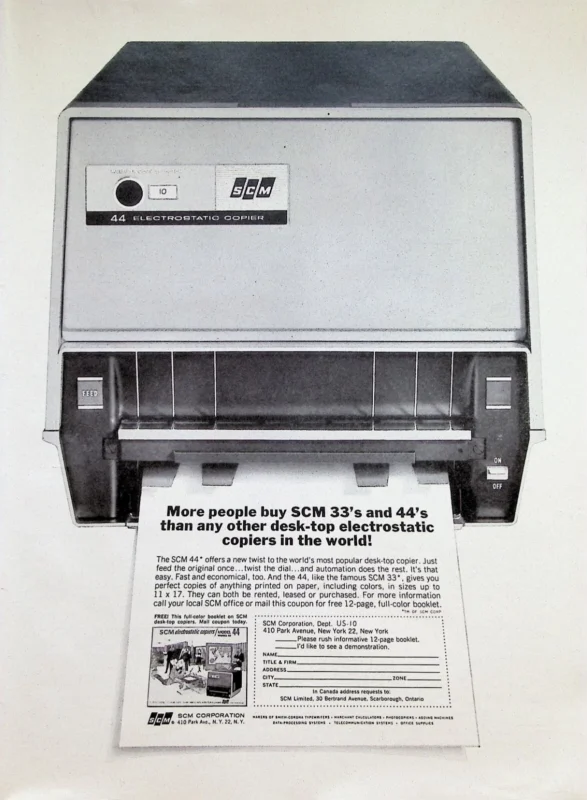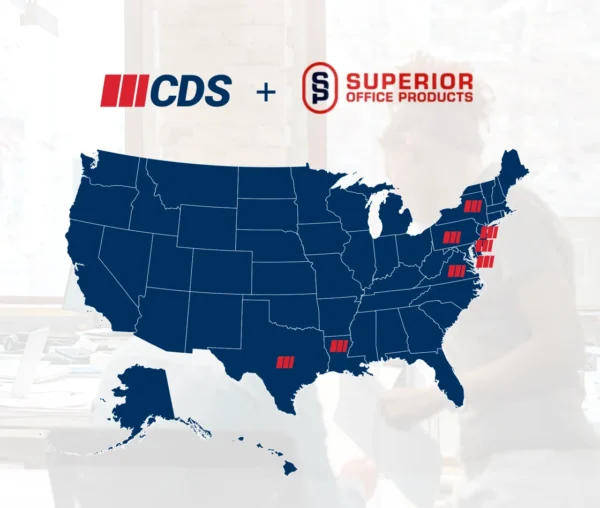It’s time for more independent dealers to move upstream with their digital print offerings.
That was one of the top takeaways from a recent briefing with Xerox about how its channel partners can leverage the company and its production print products to grow their businesses.
“When we look at all the pages printed and only 5% printed digitally, we conclude that print is not dead,” observed Sean Hickey, president, U.S. production print. “Print is a viable component of communication, it plays a different role in the digital world, but clearly an important role.”
The company’s business model as it applies to production print is to provide value and support substantial growth.
“Our offerings are strong enough where we can dictate the trends in terms of what we can expect in terms of growth,” said Hickey. “We put each product under an ROI and that ROI is based on how many pages we print for our customers. But it goes well beyond the page because we have to do things well in terms of automating customer’s workflows, taking out bottlenecks in the workflow, and helping them grow their business, or for in-plant taking costs out of their business.”
Hickey identified two significant growth areas for Xerox in the production print space:
- CMYK+ – This is what the company defines as embellishment (silver, gold, clear, pink, fluorescent)—colors that can help customers differentiate. Xerox expects a 27% compound annual growth rate inside the CMYK+ market which translates to 25 billion incremental CMYK pages.
- Cut-Sheet Inkjet – According to Hickey, it’s not a question of if, but when everything will transition to cut-sheet inkjet. Xerox has made a significant investment in this segment. “If you look at the trends that have defined the print industry over the past two decades it’s short run lengths and quick turnaround times,” said Hickey. Those trends are still pervasive in the continuous feed business, he acknowledged, but the company’s biggest opportunity to grow is in cut-sheet. Last December Xerox introduced a Color Accelerator module for its Baltoro HF Inkjet Press, which Hickey said will enable more pages to be printed on an inkjet platform.
Although the company is exploring ways of driving inkjet through the dealer channel, the focus of the briefing was not on its inkjet devices but raising the profile of its PrimeLink 9000 Series entry level light production machines, and the Versant and Iredesse digital presses in the dealer channel.
“One untapped, net new stream that dealers can really connect in is the true production environment,” observed Mike Pietrunti, senior vice president, U.S. multi-brand dealer channel. “When you go beyond the Versant level and into the Iredesse bandwidth of production products, these are new to the dealer channel.”
Over the past couple of years, Xerox dealers have sold more than 100 of these devices.
“Once they understand how to position and support it, you’re talking about a device that could be delivering over a couple of hundred thousand color pages a month,” said Pietrunti. “When you look at managing churn, tapping into net new revenue streams, selling connected customers, adding clicks you’ve never had, our devices are a runway to profitable revenue streams for dealers.”
The PrimeLink 9000 series is available in 65- and 70-ppm color models that can be scaled into a light production environment. The ability to handle multiple types of media and multiple colors, add an upsell capability that doesn’t exist today, noted Pietrunti.
Success selling Xerox’s production products, especially the Versant and the Iredesse requires dedicated production print managers that can work with Xerox’s Tiger Team, production print specialists who go through yearly training on the latest digital technology and are available to go on calls with the dealer. Xerox also offers extensive sales and service training, demand generation platforms, customer support resources, and special inventory financing plans to help dealers transition into production print.
The challenge for dealers who want to take the plunge is the up-front investment in inventory and training, particularly for those who want to service the Iredesse themselves. That requires having at least two technicians trained on that product. A production print analyst is also critical because selling these products requires an understanding of color calibration along with the different toners and media running through the devices.
“The service piece is the most critical piece,” emphasized Pietrunti. “That’s the piece where it takes a lot of knowledge and experience to go into these environments and get the product to work the way it’s supposed to work.”
For dealers who take the production print plunge, Pietrunti advised not walking by any of the customers they currently do business with.
“Look everywhere and ask all the right questions,” he recommended.
It’s not only existing Xerox dealers, of which there are 151, that Hickey and Pietrunti want to move upstream with Xerox, it’s also dealers not currently engaged with Xerox.
“We have a lot of white space and room to roam,” said Pietrunti. “We’re not looking to salt the market with hundreds of dealers. We’re cognizant of the value commitment the dealer is making and if anyone is interested, we’re open to talking to them.”
Access Related Content
Visit the www.thecannatareport.com. To become a subscriber, visit www.thecannatareport.com/register or contact cjcannata@cannatareport.com directly. Bulk subscription rates are also available.



